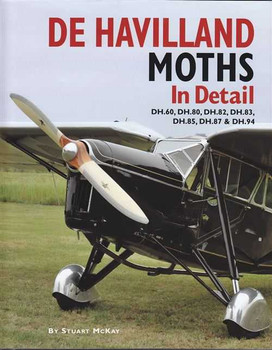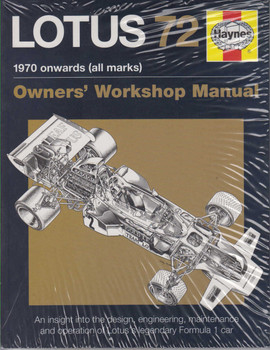Description
Author: Stephen Slater, Softbound, 160 Pages, H5836, ISBN: 9780857338365 - this edition published in April 2015
This owners workshop manual is an insight into owning, flying and maintaining the legendary British training biplane.
HAVILLAND TIGER MOTH INTRODUCTION
The de Havilland Tiger Moth is that rarest of things, an object which means all things to all people. One may admire the fragile beauty of its dragonfly shape against an azure sky, while another will give thanks for the resilience of that same structure, as a student pilot finds its handling to be challenging to the point of confusion. For another more mature aviator, the Tiger Moth may bring back memories of adventures and old comrades long gone.
REPAIR MANUAL DESCRIPTION (ALL MARKS COVERED)
The de Havilland Tiger Moth is probably the best-known biplane in the world, with a distinctive silhouette that perfectly matches its name. The appearance of a Tiger Moth against a summer sky continues to evoke thoughts of a 'golden era' of aviation, before tarmac runways, radios and control towers, when every flight offered some form of adventure.
Even at the peak of its wartime service career, the Tiger Moth was an anachronism, a biplane trainer in an era of monoplane fighters and sophisticated multi-engine bombers. Yet it successfully trained the pilots who went on to fly Spitfires, Mosquitoes and Lancasters. Later graduates would move on to the first generation of supersonic fighters and jet airliners.
The tough, fabric-covered airframe and robust Gipsy Major engine are both proof that good design can stand the test of time. Of around 8,600 Tiger Moths built between 1931 and 1945, over 1,000 survive today. Of these, around 650 remain airworthy — a truly remarkable survival rate.
This extensively illustrated book looks both at the engineering of the aeroplane and its diverse history. It also offers a behindthe-scenes insight into what is involved in owning, restoring and flying a Tiger Moth today. In addition to looking at the challenges of maintaining an aircraft which has its design roots dating back to the First World War, other equally relevant important skills from the past are uncovered — from safely swinging the propeller to start the engine, to achieving the elusive three-point landing, when tailskid, mainwheels and the ground connect in unison.
ABOUT THE AUTHOR
Stephen Slater is a self-confessed amateur aviator, and has had a passion for vintage aircraft for over 30 years. Like many other pilots, he found the graduation from flying more modern light aircraft to the Tiger Moth a humbling experience, proving the old axiom that it is easy to fly, but incredibly hard to fly well'. In addition to being an enthusiastic member of the de Havilland Moth Club, Stephen is also a council member of the Historic Aircraft Association. He owns a rare 1939 Tipsy Trainer monoplane and is part of the team restoring 'Biggles Biplane', a Tiger Moth-based film replica of a First World War BE-2c observation biplane.




















